
Classic Lemon Bundt Cake: Soft, Buttery, and Perfect for Any Occasion
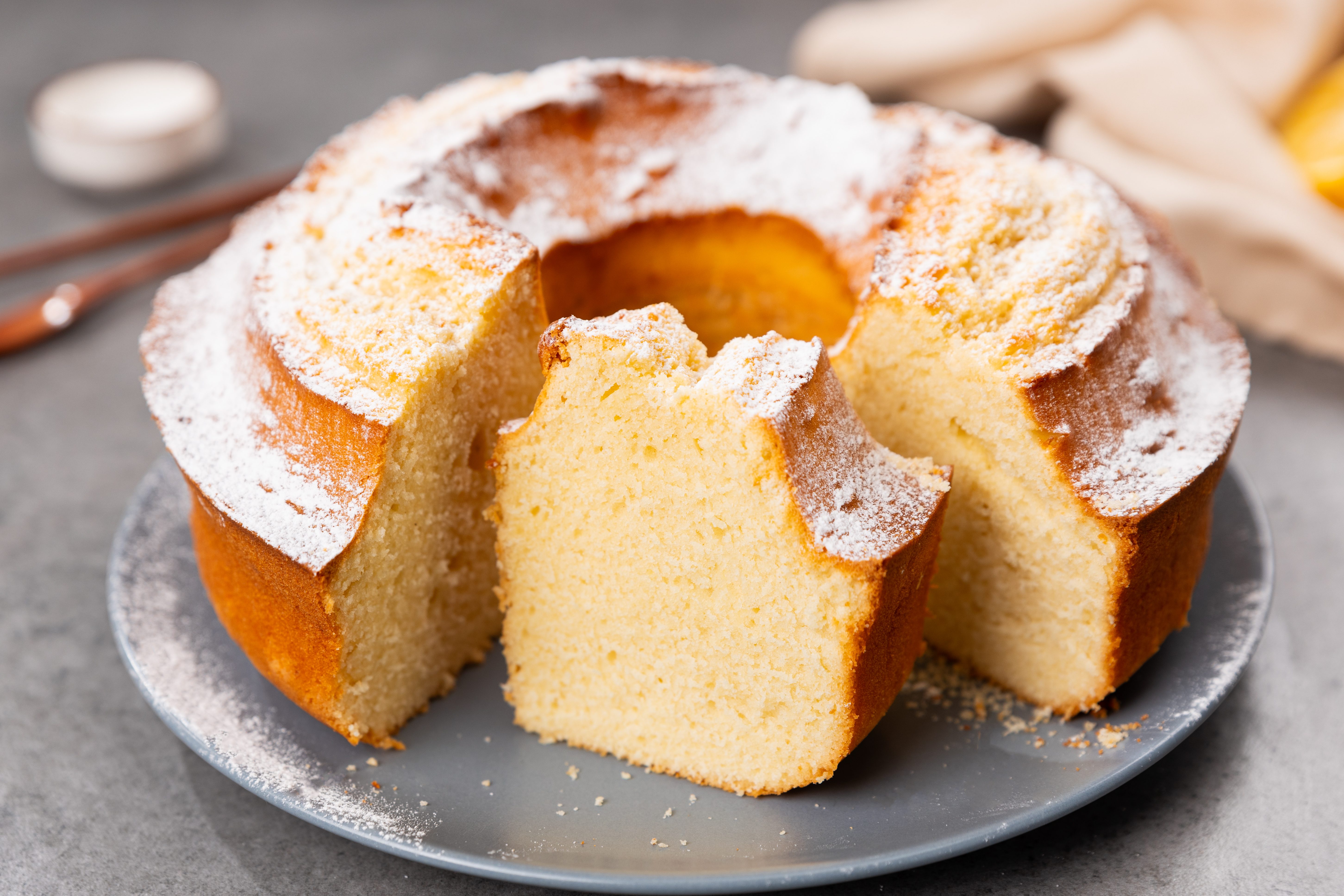;Resize,width=742;)
A Classic Lemon Bundt Cake is the perfect combination of buttery richness and refreshing citrus flavor. With a golden, delicate crumb and a light, zesty aroma, this cake is ideal for breakfast, dessert, or an afternoon coffee break. Its signature cracked top and fluffy texture make it a timeless homemade treat that’s both simple and elegant.
What Is a Lemon Bundt Cake?
Lemon bundt cake is a traditional European-style butter cake, baked in a beautifully shaped bundt pan. This version features a rich, buttery base, with fresh lemon zest for a bright, tangy flavor. The origins of bundt cakes date back to Germany and Austria, where Gugelhupf-style cakes were baked in decorative molds.
Today, bundt cakes are a staple in American baking, loved for their moist texture and visually striking shape. This version is lightly sweet and pairs perfectly with a dusting of powdered sugar or a drizzle of lemon glaze.
Why Everyone Will Love This Lemon Bundt Cake
This cake is a must-try for several reasons:
- Soft and Moist Texture: thanks to the combination of butter, eggs, and milk, this cake stays light and tender.
- Bright and Refreshing Flavor: fresh lemon zest adds a delicate citrus aroma and balances the sweetness.
- Easy to Make: no complex steps, just simple mixing and baking.
- Beautiful Presentation: the bundt shape makes it a show-stopping dessert without the need for frosting.
- Perfect for Any Occasion: serve it as a breakfast cake, tea-time snack, or elegant dessert.
Tips for the Best Lemon Bundt Cake
- Use Room Temperature Ingredients – Butter, eggs, and milk should be at room temperature to ensure a smooth batter.
- Cream the Butter and Sugar Properly – Beat until light and fluffy (about 1–2 minutes) to incorporate air for a tender crumb.
- Sift the Dry Ingredients – This prevents lumps and helps the batter stay smooth.
- Don’t Overmix the Batter – Mix just until combined to avoid a dense cake.
- Grease the Bundt Pan Well – Use butter or non-stick spray to prevent sticking.
- Create the Signature Crack (Optional) – Before baking, run a dough scraper with melted butter through the batter to encourage an even crack.
- Check for Doneness – Insert a toothpick into the center; if it comes out clean, the cake is ready.
Frequently Asked Questions
Can I Make This Cake Without a Bundt Pan?
Yes! You can use a loaf pan or round cake pan, but the baking time may vary slightly.
How Do I Ensure my Cake Doesn’t Stick to the Pan?
Grease the pan generously with butter or non-stick spray, and dust it lightly with flour. Let the cake cool for 10 minutes before inverting.
Can I Use a Different Citrus Flavor?
Absolutely! You can swap lemon zest for orange or lime zest for a different citrus twist.
Can I Make This Cake Dairy-Free?
Yes! Substitute the butter with vegan butter and the milk with almond or oat milk.
How Do I Make a Simple Glaze for This Cake?
Mix 1 cup of powdered sugar with 2–3 tbsp of lemon juice for a sweet and tangy drizzle.
Can You Freeze Lemon Bundt Cake?
Yes! Freeze individual slices wrapped in plastic for up to 2 months. Thaw at room temperature before serving.
How to Store Lemon Bundt Cake
- Room Temperature: store in an airtight container for up to 3 days.
- Refrigeration: if you want to keep it fresh longer, refrigerate for up to 5 days, wrapped in plastic wrap.
Ingredients
How To Make Lemon Bundt Cake
In a mixing bowl, the butter with the lemon zest until smooth. Gradually add the sugar and continue beating for 1–2 minutes until light and fluffy.
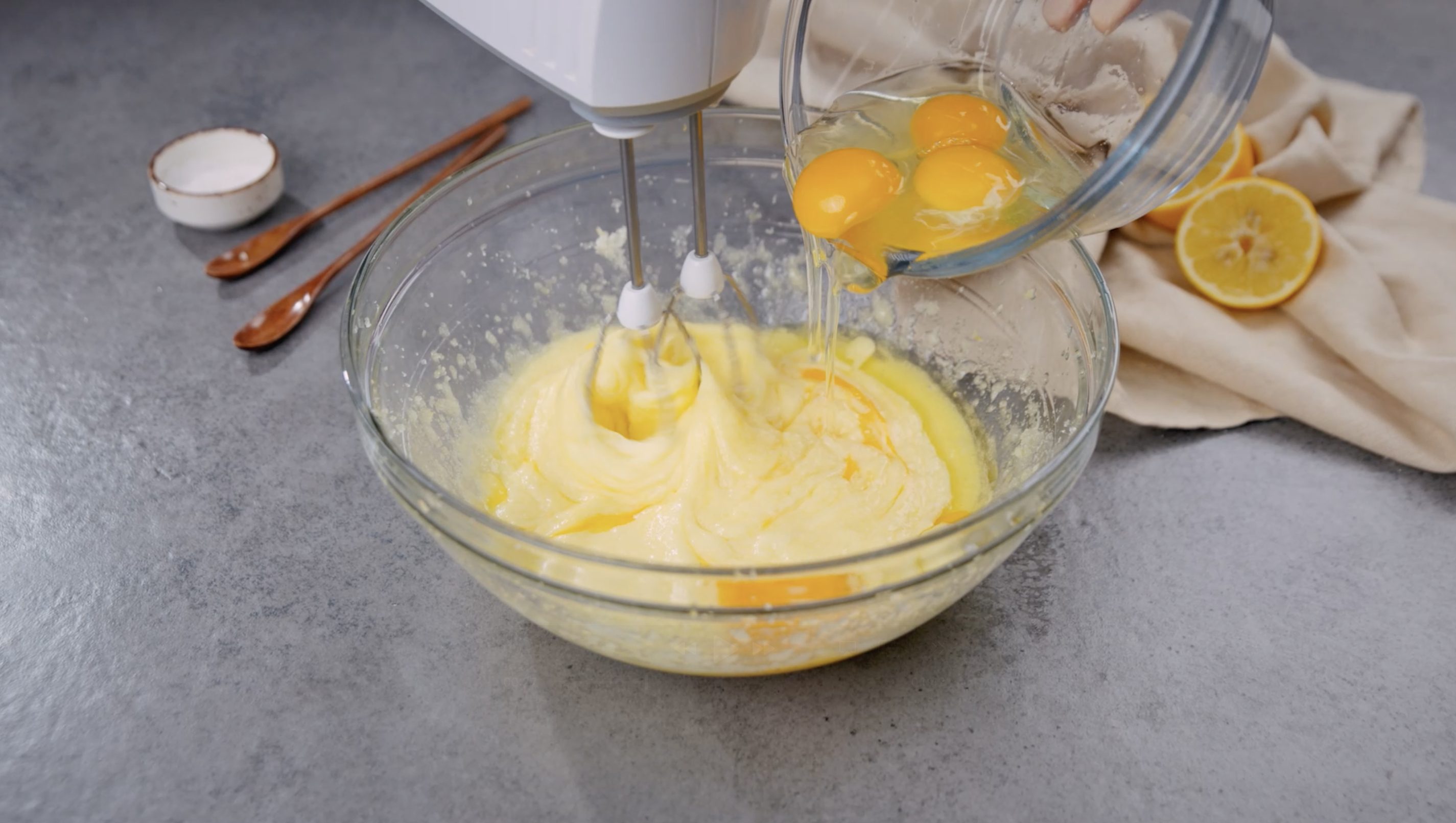;Resize,width=712;)
In a mixing bowl, the butter with the lemon zest until smooth. Gradually add the sugar and continue beating for 1–2 minutes until light and fluffy.
Add the eggs, one at a time, beating well after each addition to fully incorporate them. Pour in the milk and mix briefly. Sift together the flour with baking powder, and a pinch of salt. Gradually add the dry ingredients to the batter, stirring until smooth and thick.
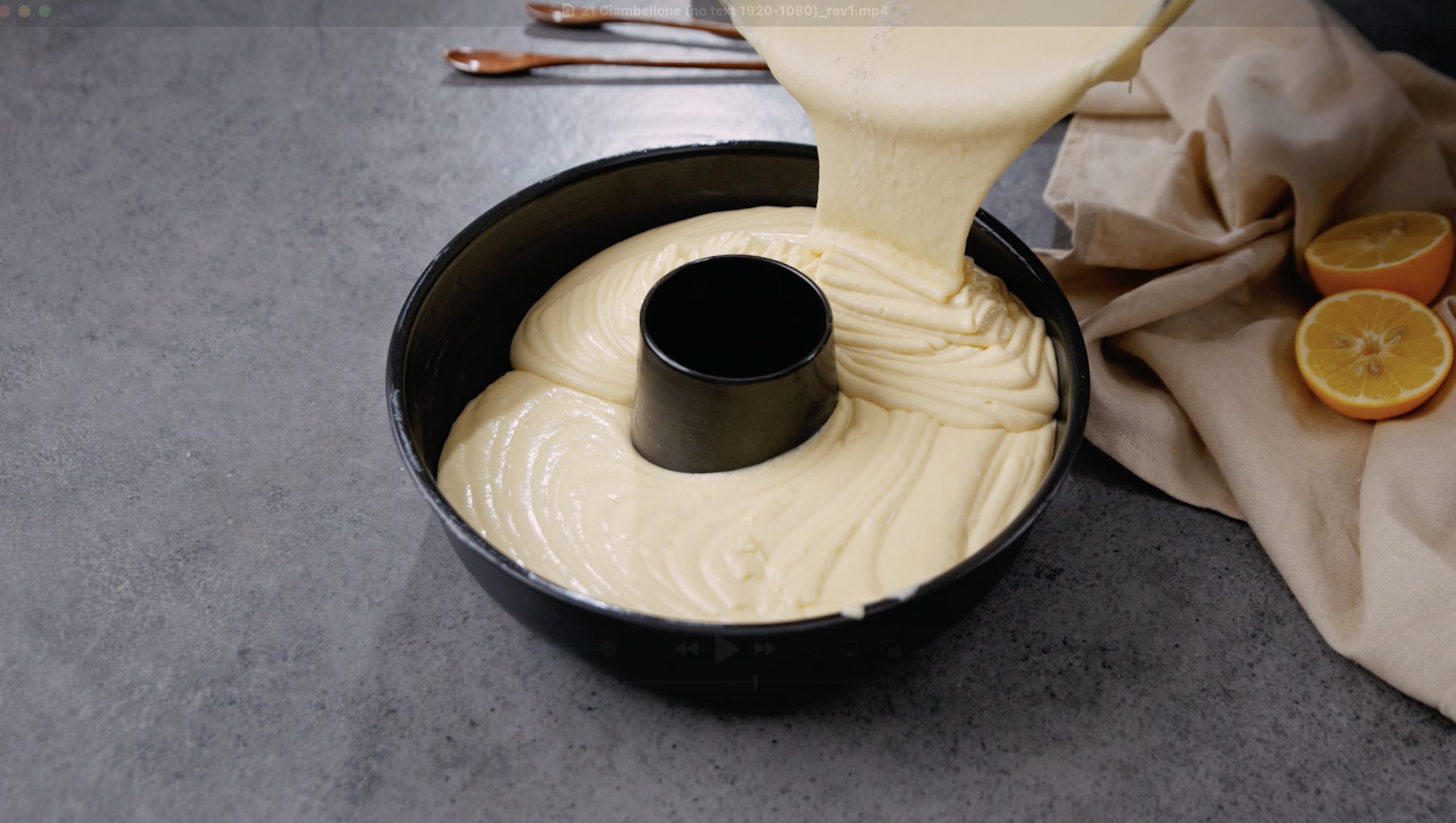;Resize,width=712;)
Add the eggs, one at a time, beating well after each addition to fully incorporate them. Pour in the milk and mix briefly. Sift together the flour with baking powder, and a pinch of salt. Gradually add the dry ingredients to the batter, stirring until smooth and thick.
Grease a 24cm (9.5-inch) bundt pan with melted butter. Transfer the batter to the pan, smoothing the top with a spatula. (Optional) Use a dough scraper dipped in melted butter to create a circular indentation in the batter—this helps form the signature crack.
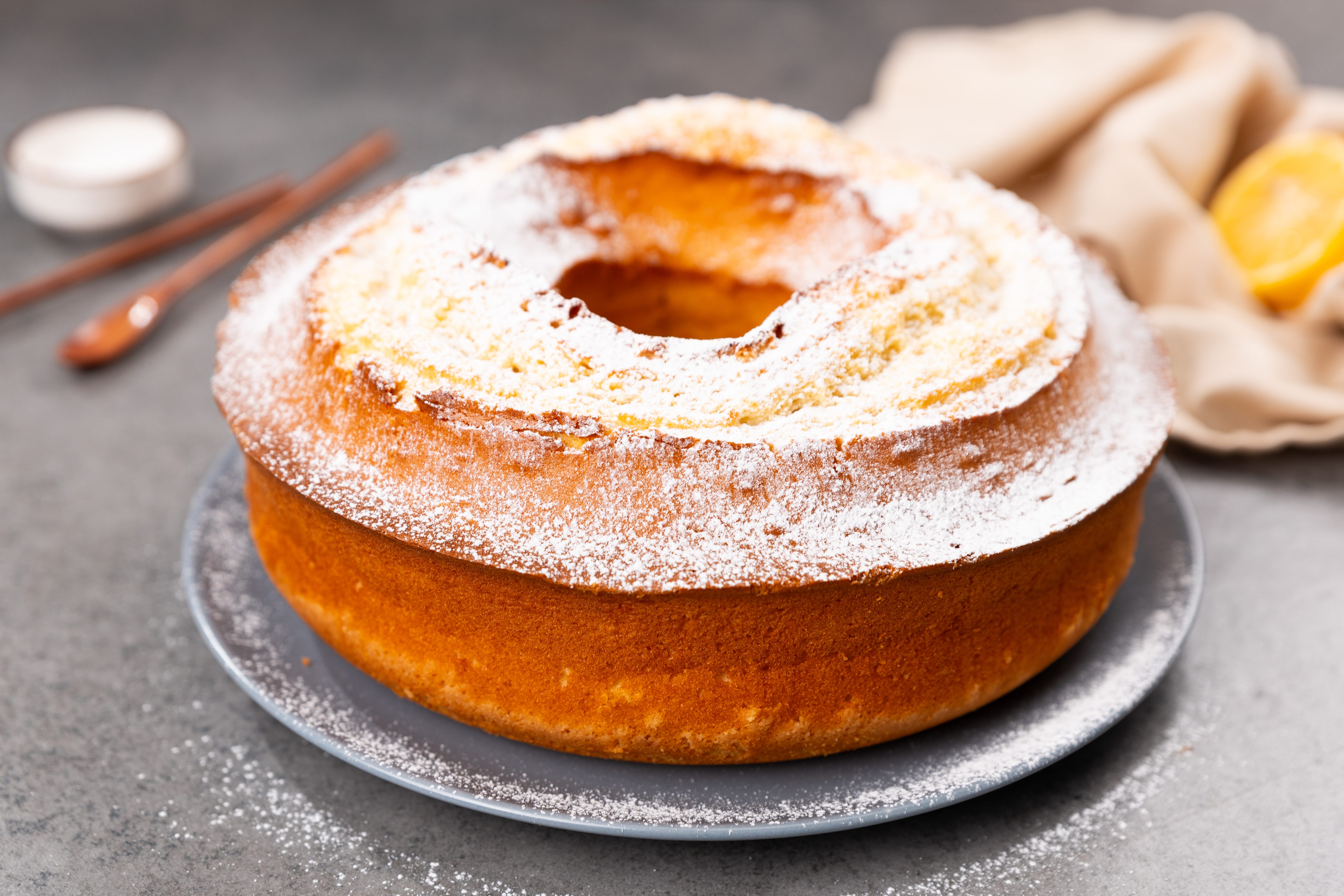;Resize,width=712;)
Grease a 24cm (9.5-inch) bundt pan with melted butter. Transfer the batter to the pan, smoothing the top with a spatula. (Optional) Use a dough scraper dipped in melted butter to create a circular indentation in the batter—this helps form the signature crack.
Preheat the oven to 180°C (350°F). Bake for 40 minutes on the middle rack, or until a toothpick inserted into the center comes out clean.
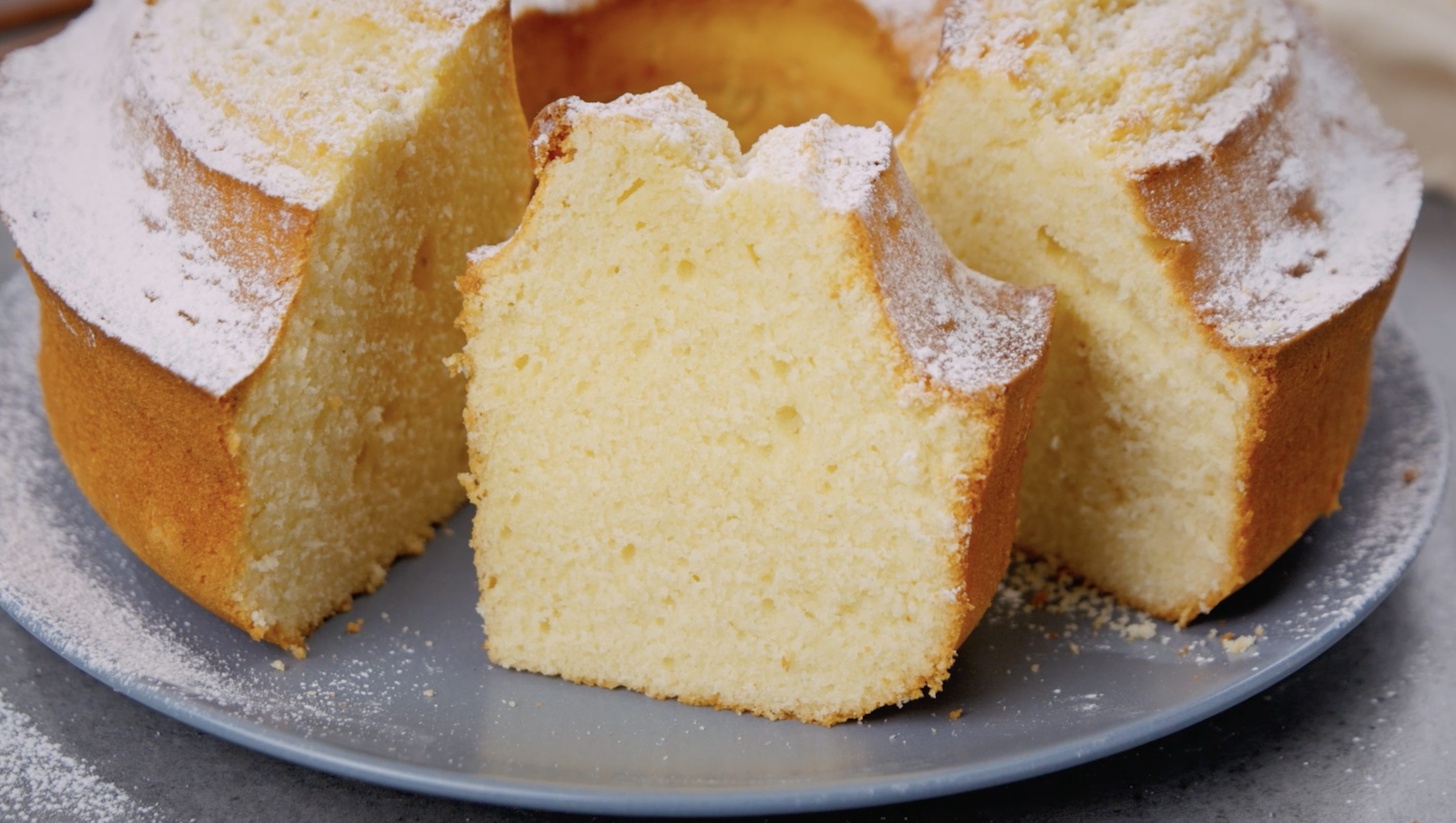;Resize,width=712;)
Preheat the oven to 180°C (350°F). Bake for 40 minutes on the middle rack, or until a toothpick inserted into the center comes out clean.
Let the cake cool in the pan for 10 minutes, then carefully invert onto a wire rack. Once cooled, dust with powdered sugar before serving.
;Resize,width=767;)


;Resize,width=712;)
